An imminent and important cosmic event will soon majorly change our perspective on Saturn. By March 2025, Earth-based observers will barely be able to see Saturn’s majestic rings.
This peculiarity happens because of the unique tilt of Saturn’s axis, which will situate the rings edge-on to our point of view.
Temporary Disappearance
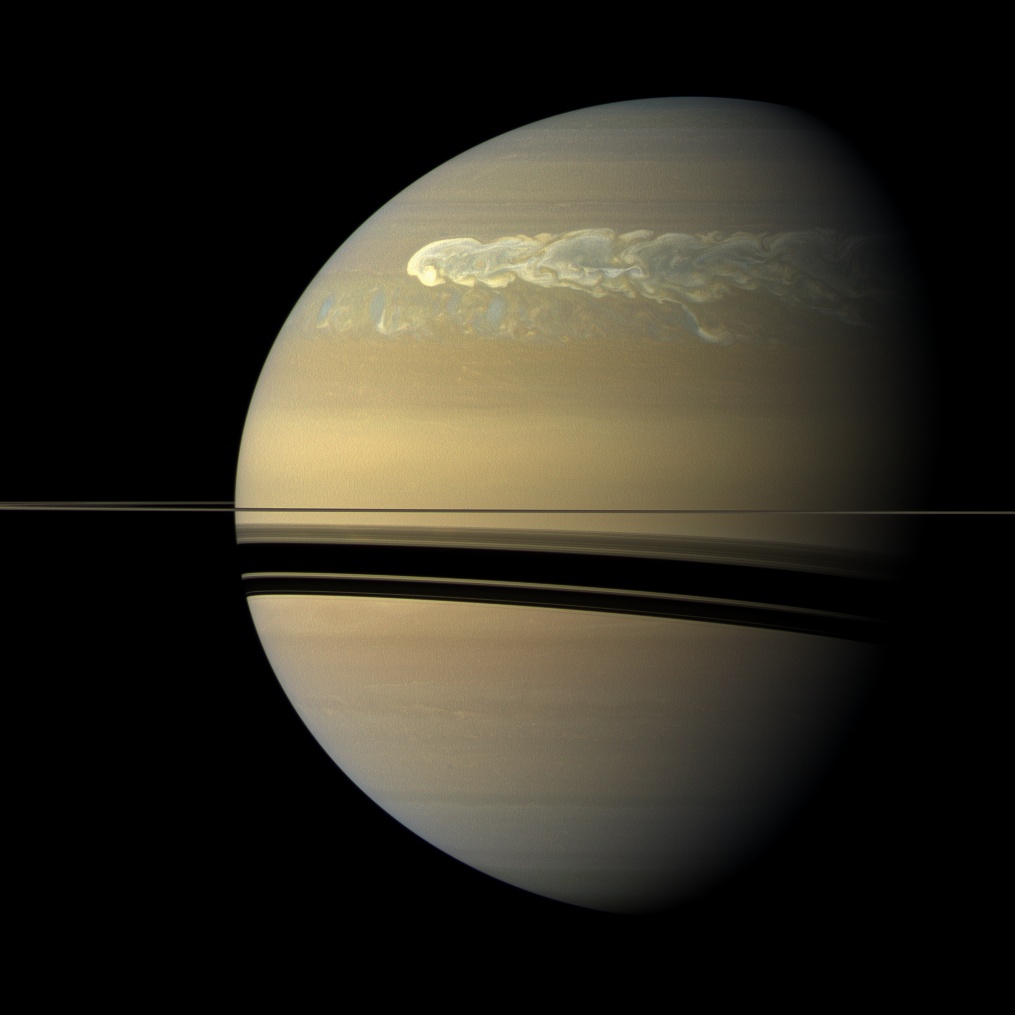
As a result, citizens and astronomers alike will have the rare opportunity to witness this celestial transformation, which will also serve as a reminder of the universe’s ever-changing nature.
Fortunately, this change is temporary. It is a brief cosmic occurrence that happens once every 29.5 years, which is the amount of time Saturn spends in orbit around the Sun.
Ring Formation

After March 2025, Saturn’s axial tilt will make the rings visible again before disappearing again in November 2025.
At their return, we can likewise enjoy an accentuated perspective on Saturn’s moons. Saturn’s rings are mostly made of ice, rock, and cosmic dust, and a telescope on Earth can facilitate a stunning display of them.
Size of Particles
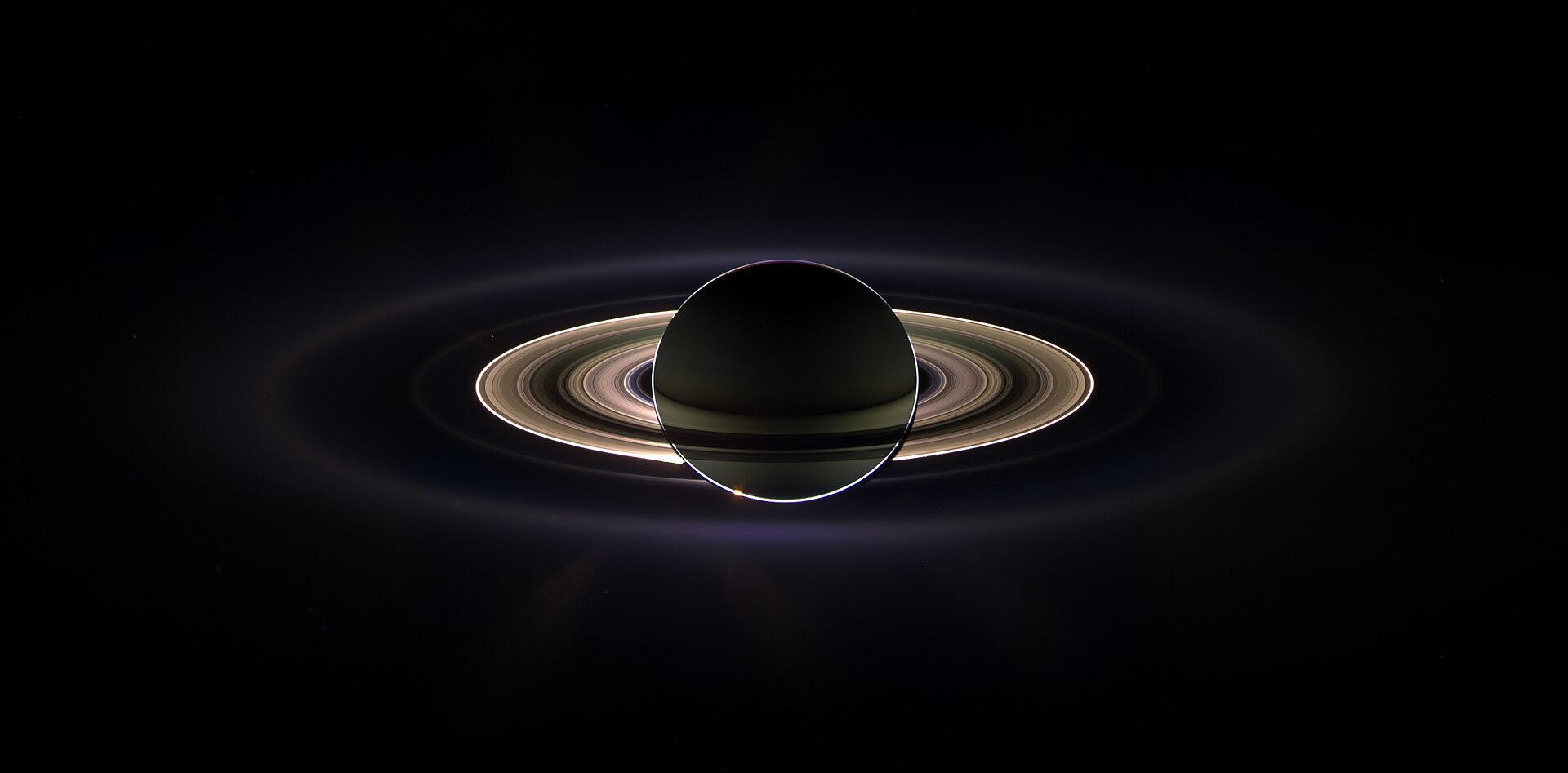
The size of the ring particles ranges from tiny grains to school bus-sized chunks. This blend gives the rings their captivating look.
Saturn’s rings aren’t only one solid structure. They’re comprised of a few particular segments, including the A, B, and C rings, alongside the fainter D, E, F, and G rings that are more difficult to see.
Cassini Division
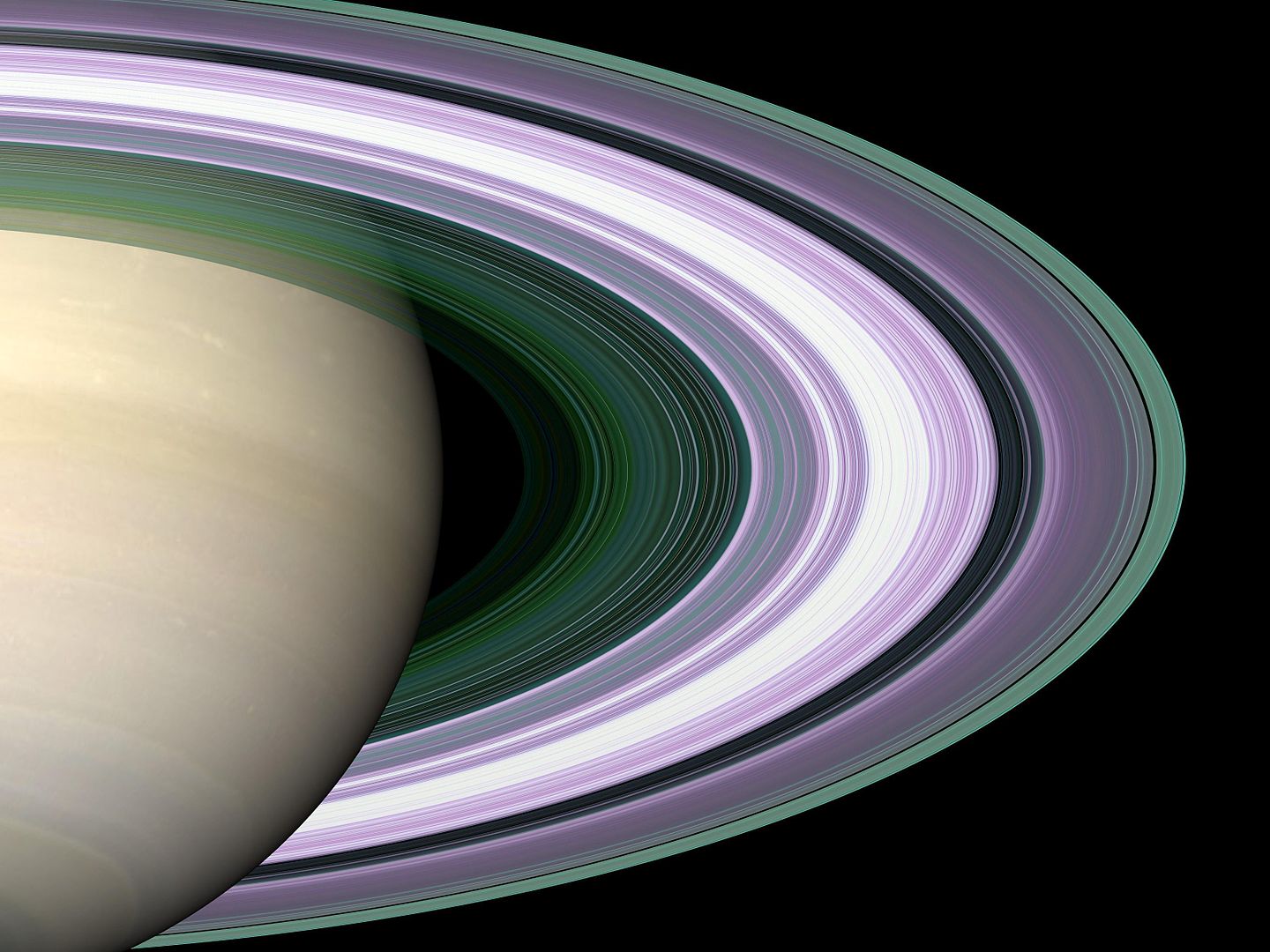
Gaps, like the well-known 4,800-kilometer-wide Cassini Division between the A and B rings, separate these sections. The shapes and arrangements of these rings are fundamentally formed by gravitational collaborations with Saturn’s many moons.
Some of these moons, known as “shepherd moons,” are located close to the edges of the rings and pull on the ring particles with their gravity to keep things in shape.
Theories of the Rings

Concerning how Saturn’s rings were created, that is still a hotly debated issue among astronomers. There are a lot of hypotheses, from being the detritus of an obliterated moon or comet that got destroyed by the strong gravity of Saturn to materials left over from when Saturn formed over 4 billion years ago.
Every hypothesis has its own merits, and continuous examination continues to uncover new pieces of information about these astounding structures that circle the planet.
Cassini-Huygens Mission
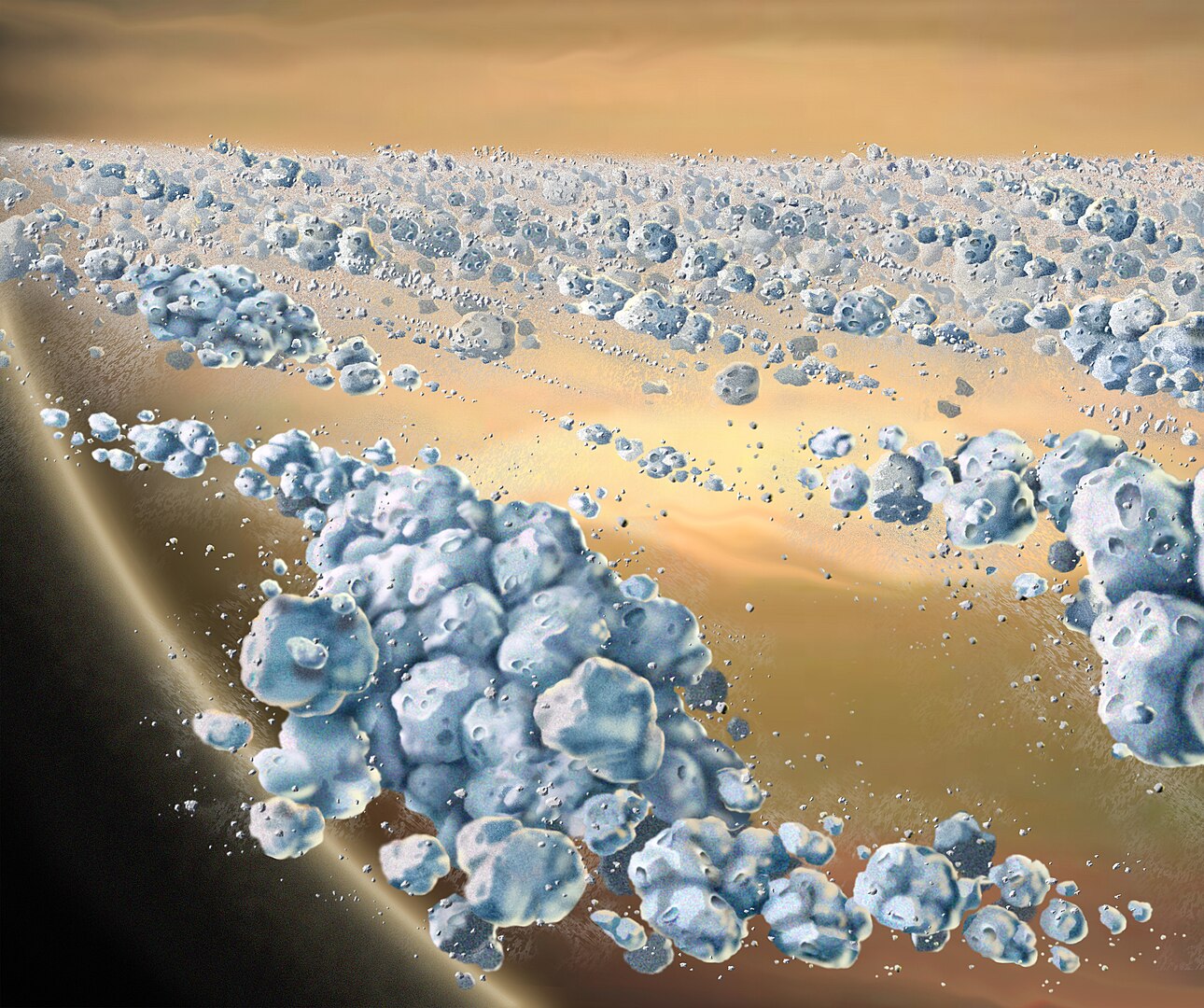
NASA, the European Space Agency (ESA), and the Italian Space Agency (ASI) worked together on the important Cassini-Huygens mission.
The spacecraft’s 2004 arrival at Saturn marked the beginning of an ambitious 13-year exploration that culminated in 2017. The mission’s goal was to discover the mysteries of Saturn and its rings.
Gaps Between the Rings

The Cassini-Huygens mission provided us with a treasure trove of information about Saturn and its intricate system throughout its journey. Finding gaps in the rings, particularly the Cassini Division, which can be seen between the A and B rings, was one of the biggest discoveries.
This division demonstrates how dynamic and ever-evolving the ring system is because it is shaped by the gravitational pull of Saturn’s moons.
Moon Insights

The mission likewise gave us more insights into Saturn’s many moons, uncovering their exceptional unique compositions and geological elements. One of Saturn’s icy moons, Enceladus, has geysers that release organic materials and water vapor, indicating the existence of subsurface oceans.
Scientists were able to gain valuable insights into the intricate dance of moons and rings around Saturn thanks to the Cassini-Huygens mission, which completely transformed our comprehension of the planet and its distinctive characteristics.
Titan’s Features
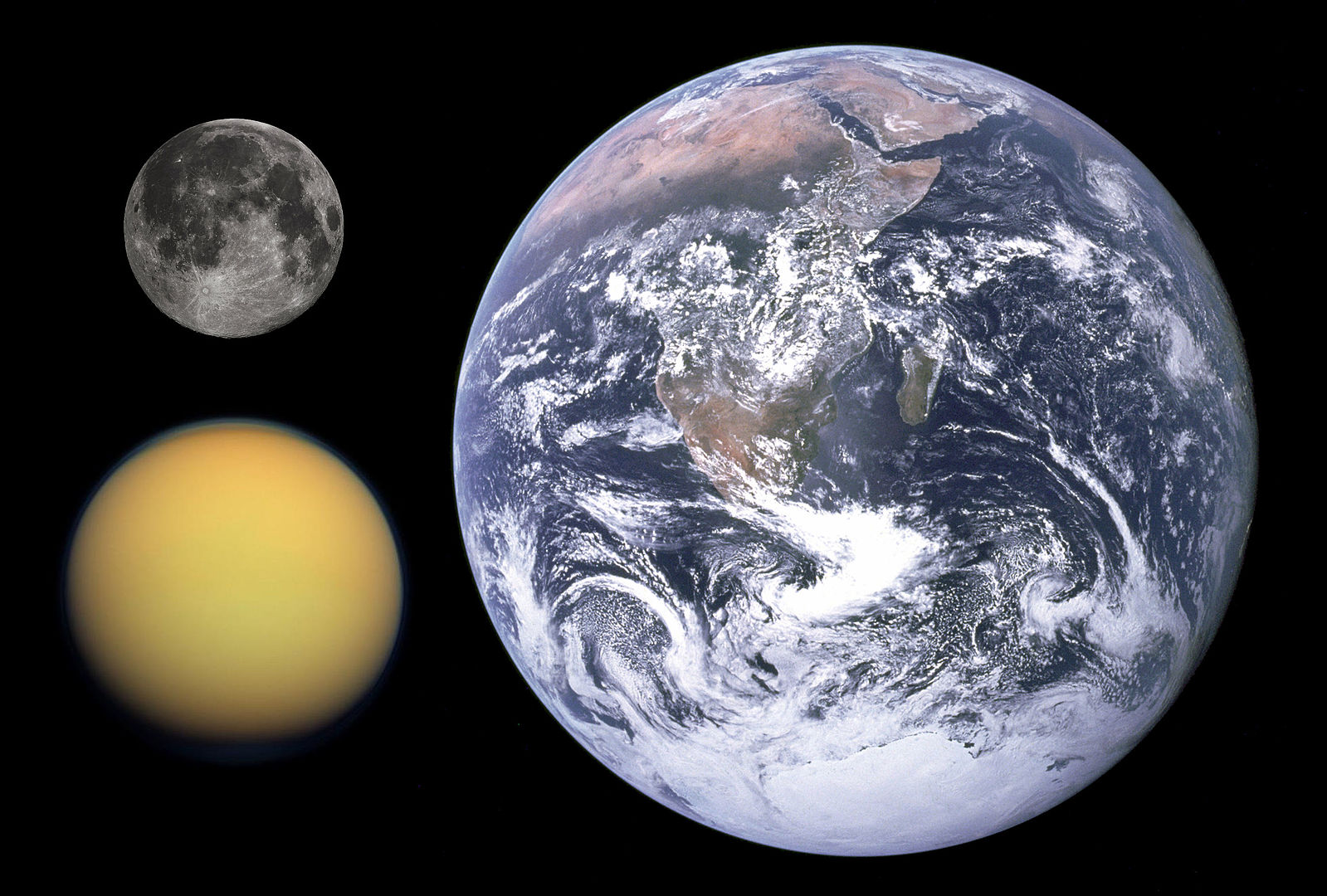
Saturn has at least 145 moons, each with its own distinctive features and mysteries.
Titan, the second-largest moon in the Solar System, really stands out with its intriguing surface and thick atmosphere. Strangely, Titan’s magnetic field is stronger than Earth’s, despite being weaker than Jupiter’s, indicating intricate interactions with Saturn’s magnetic environment.
Dragonfly Mission
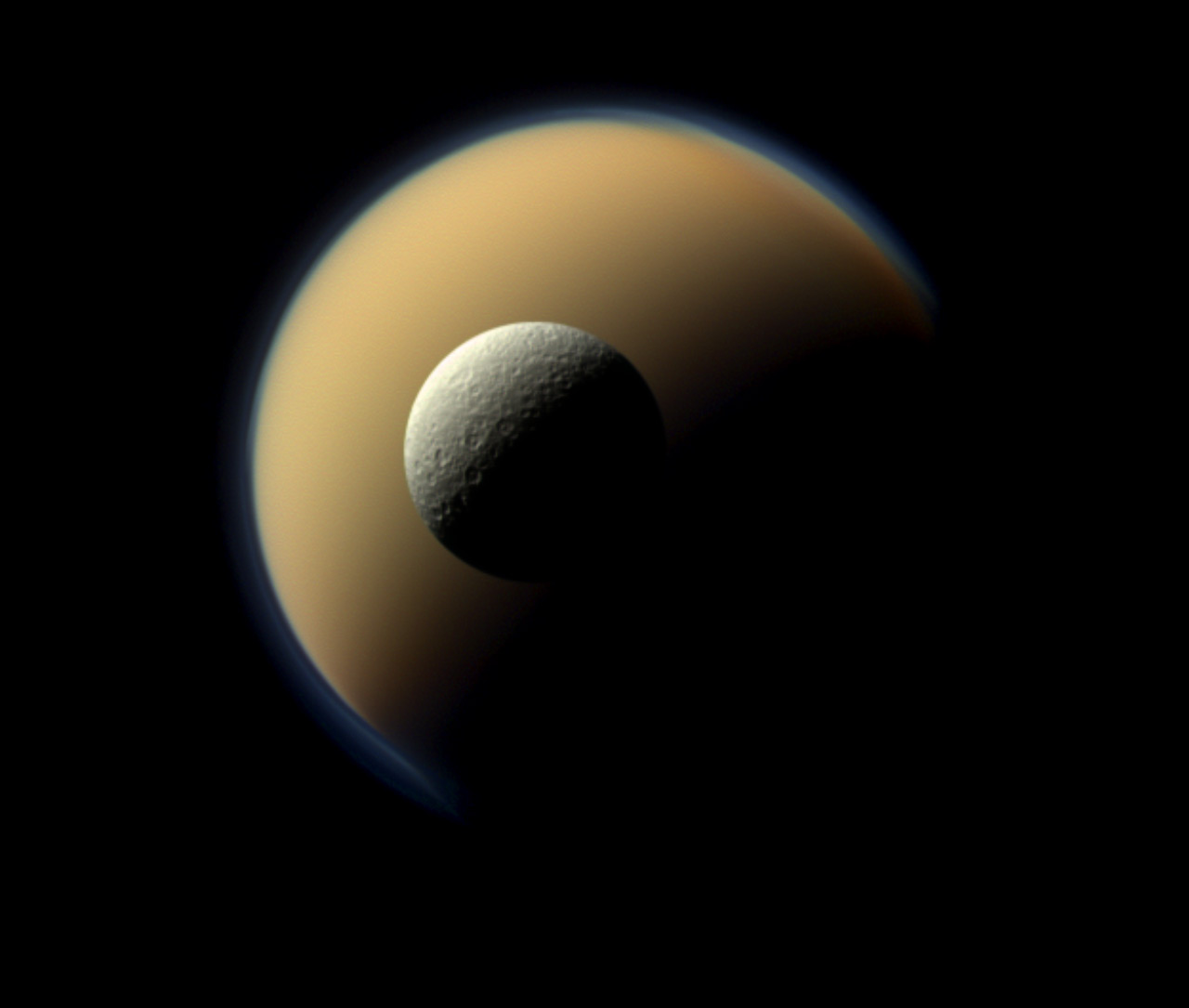
Titan’s spectacular auroras at its poles, especially, emit powerful radio waves that can shed light on Titan’s atmosphere and Saturn’s magnetic field’s overall dynamics. The Dragonfly mission that is coming up will look for life on Titan.
However, the mysteries of Titan pale in comparison to those of Enceladus. The presence of essential elements for life on this icy Saturnian moon was discovered by Cassini.
Capability to Support Life
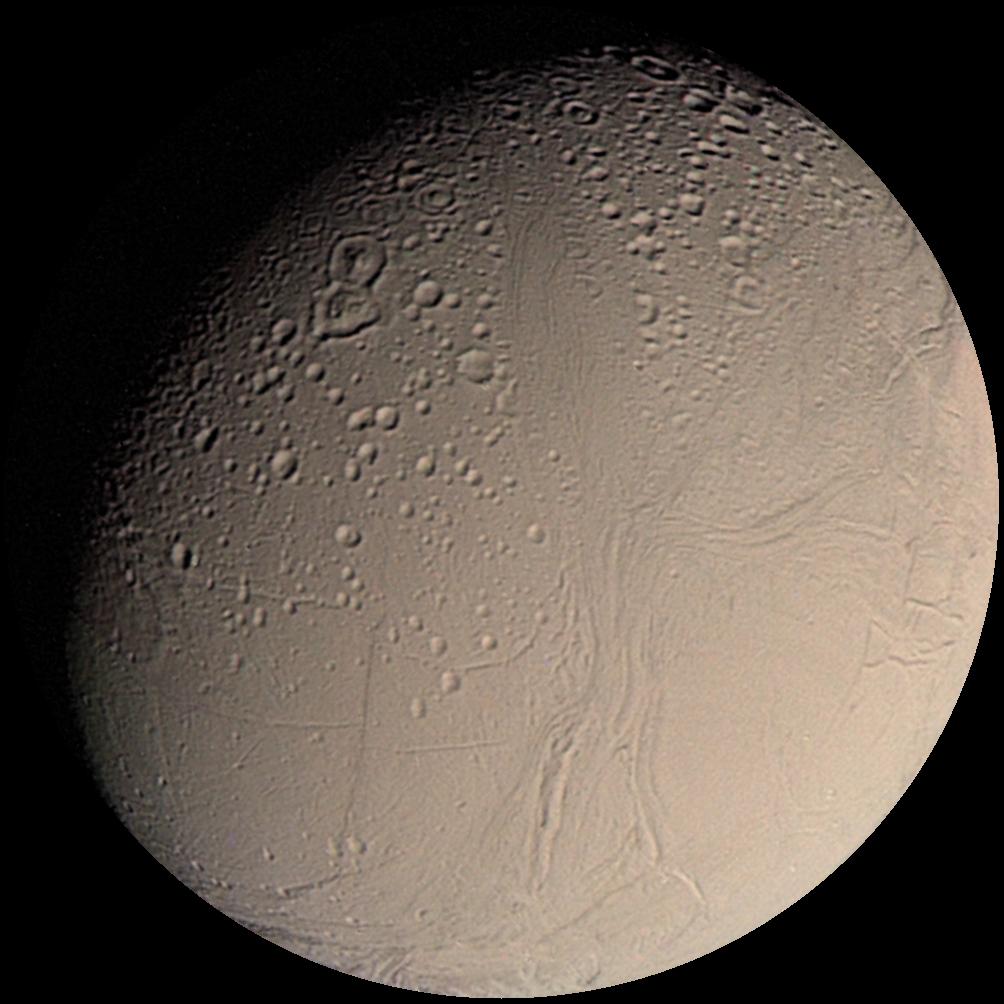
In light of this information, experts have discovered vital natural components and a strong energy source, indicating the moon’s capability to support life.
According to Jonah Peter, a Harvard University doctoral student who worked at NASA’s Jet Propulsion Laboratory, “Not only does Enceladus seem to meet the basic requirements for habitability, we now have an idea about how complex biomolecules could form there, and what sort of chemical pathways might be involved”
Stargazers have a one-of-a-kind opportunity to observe this brief cosmic event as Saturn’s rings prepare to disappear in March 2025.
